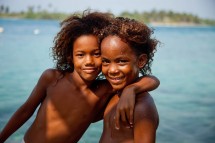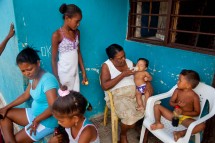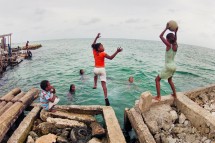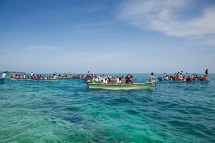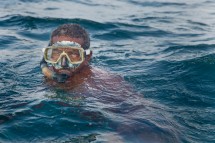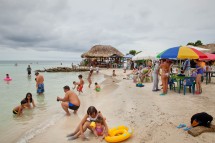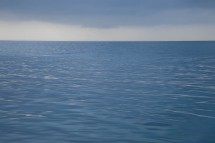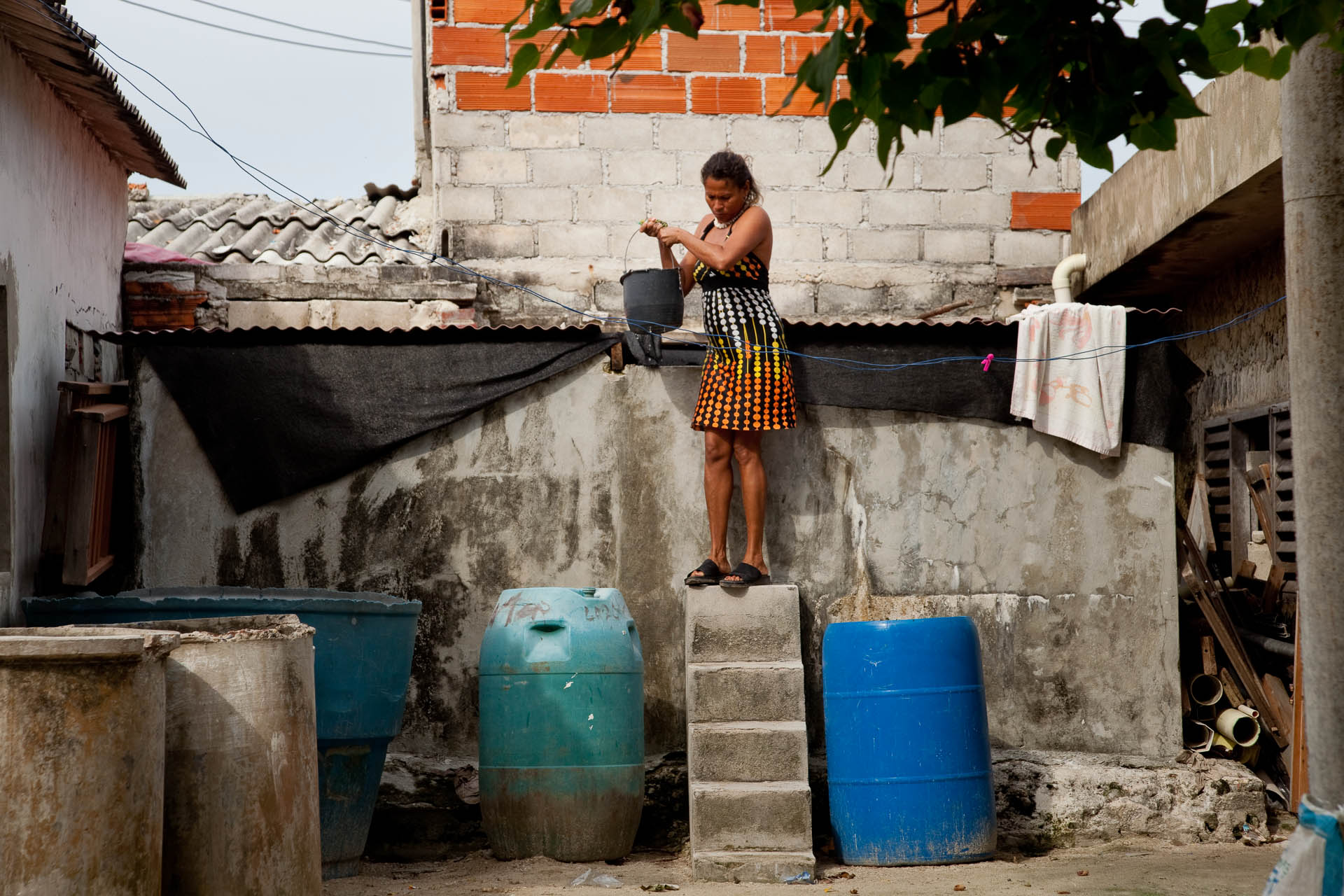
Rosailsa Dominguez Barrio gathers water out of the family cistern for bathing. The lack of fresh water on the island is a constant battle for the locals. Rainwater is gathered from rooftops to carry them through the wet season but rare deliveries from the government during the six-month-long dry season can make life on the island unpleasant.
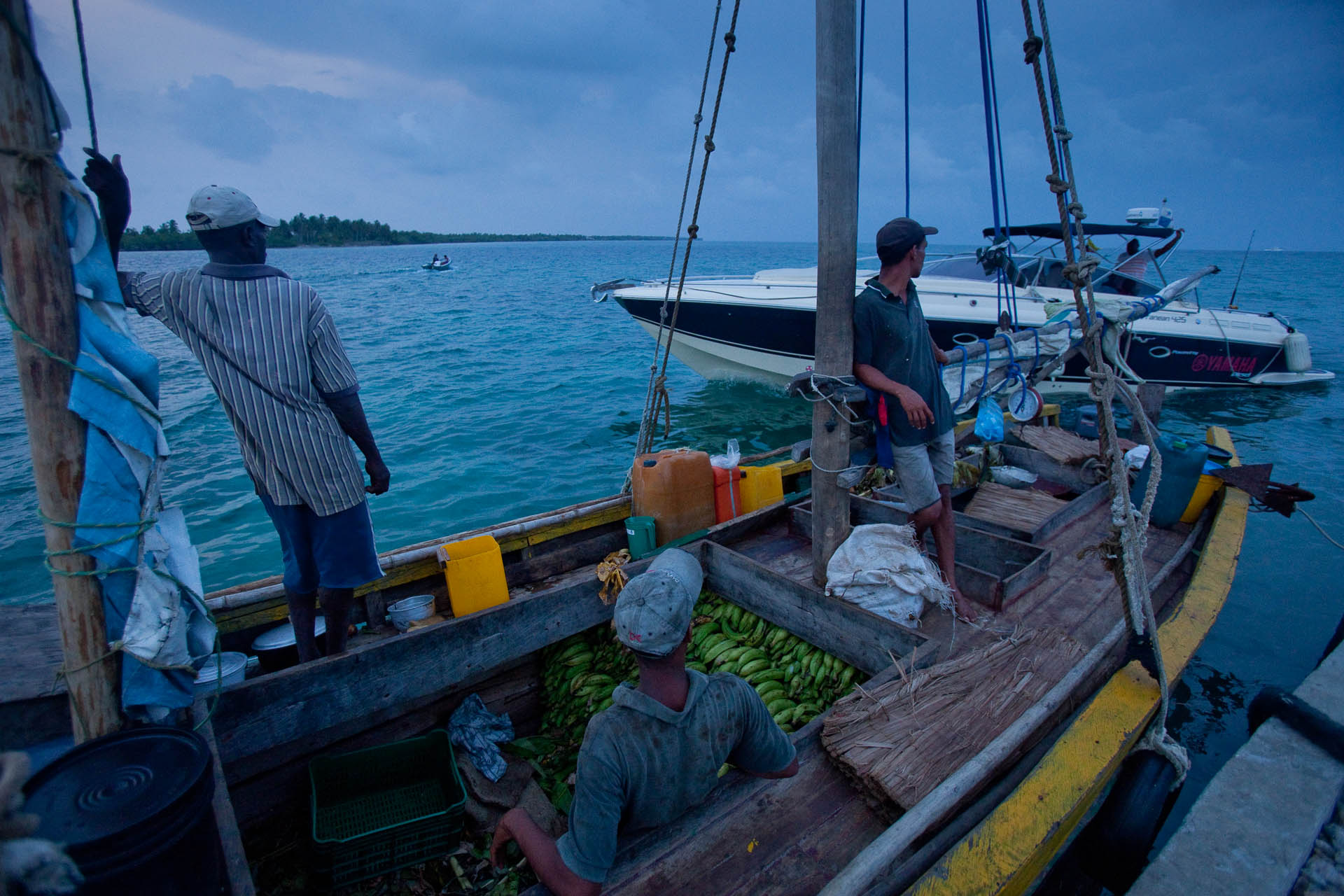
Islanders rely upon delivery of food from the mainland. The crew of La Carinosa bring fresh plantains, avocados, mangos along with live pigs to the islands in the region. Their journey aboard the wooden sailboat takes 10 days to complete the roundtrip from Cordoba on the mainland, making the cost of food higher for residents.

Resources and space are limited for students on the island of Islote. Young students attend classes in the morning while older students are taught in the afternoon. The education system can only offer classes for students up to seventh grade. Families that can afford it, often send their teenagers to live with family in Cartagena or Tolú so they can continue their education.
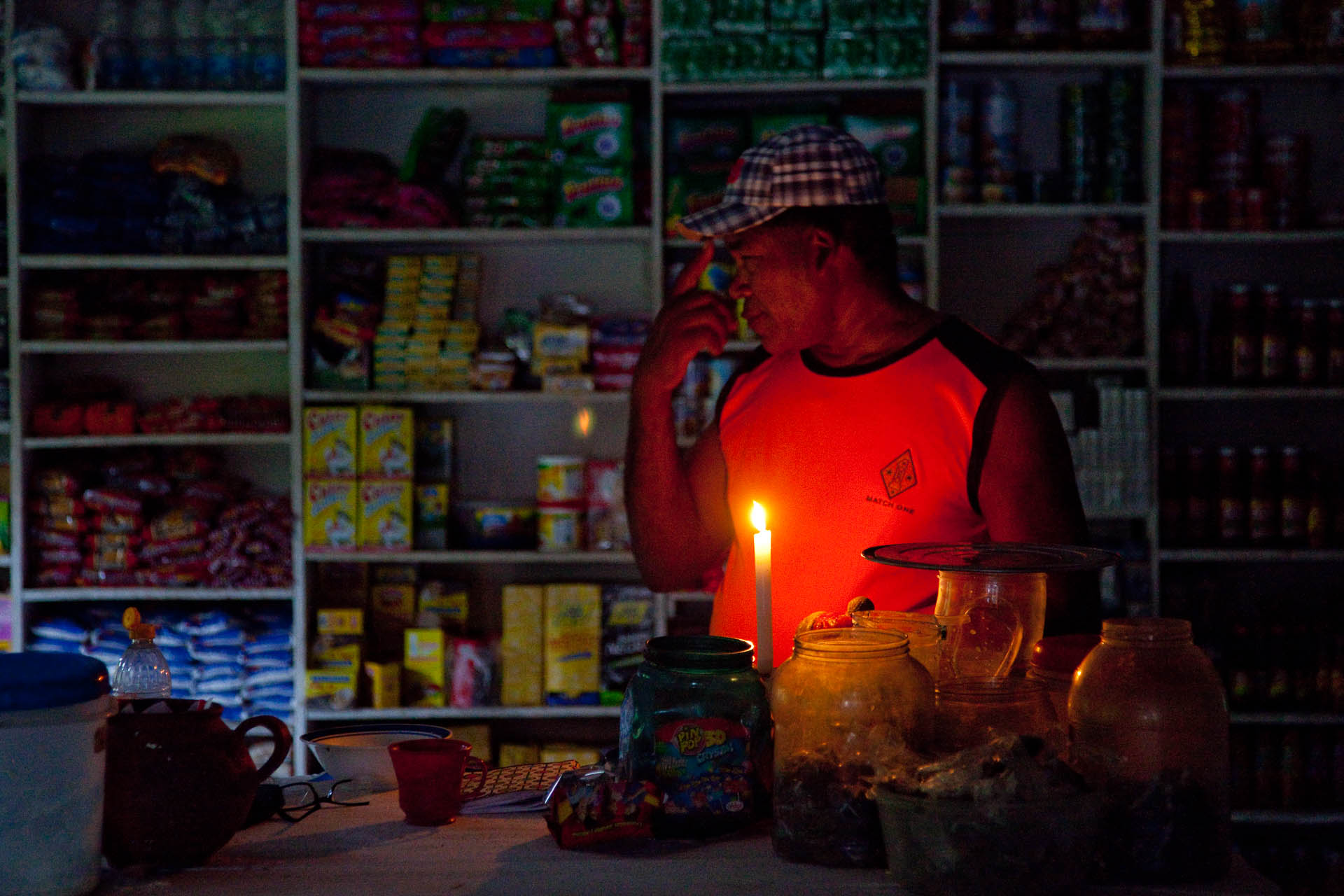
Shop owner Juan Guillermo Berrick Escobar works by candlelight until the island’s generator starts up for the evening. Islote has four stores where residents can buy supplies and cold drinks.


A battery-powered light at the center of the island provides the only illumination until the island’s generator starts up. Money for fuel is collected daily and dictates how long the generator will run that evening which averages five hours of electricity a day.
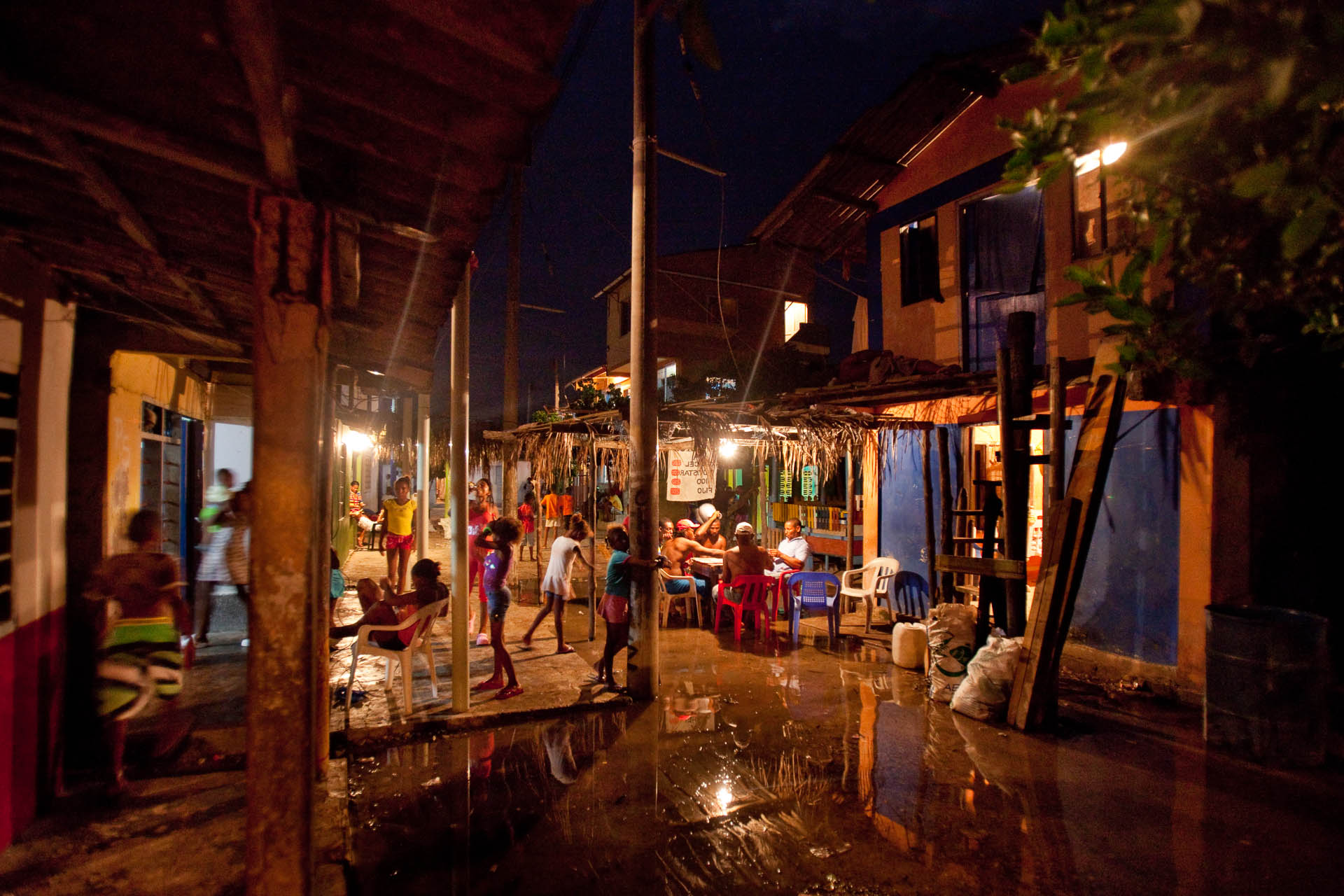
A battery-powered light at the center of the island provides the only illumination until the island’s generator starts up. Money for fuel is collected daily and dictates how long the generator will run that evening which averages five hours of electricity a day.



